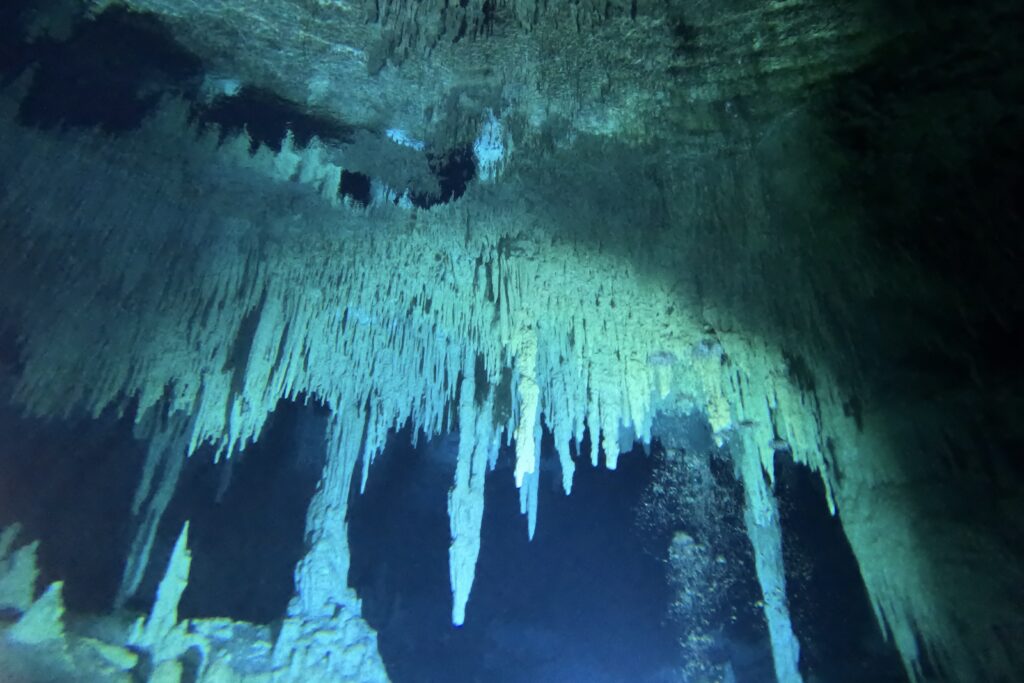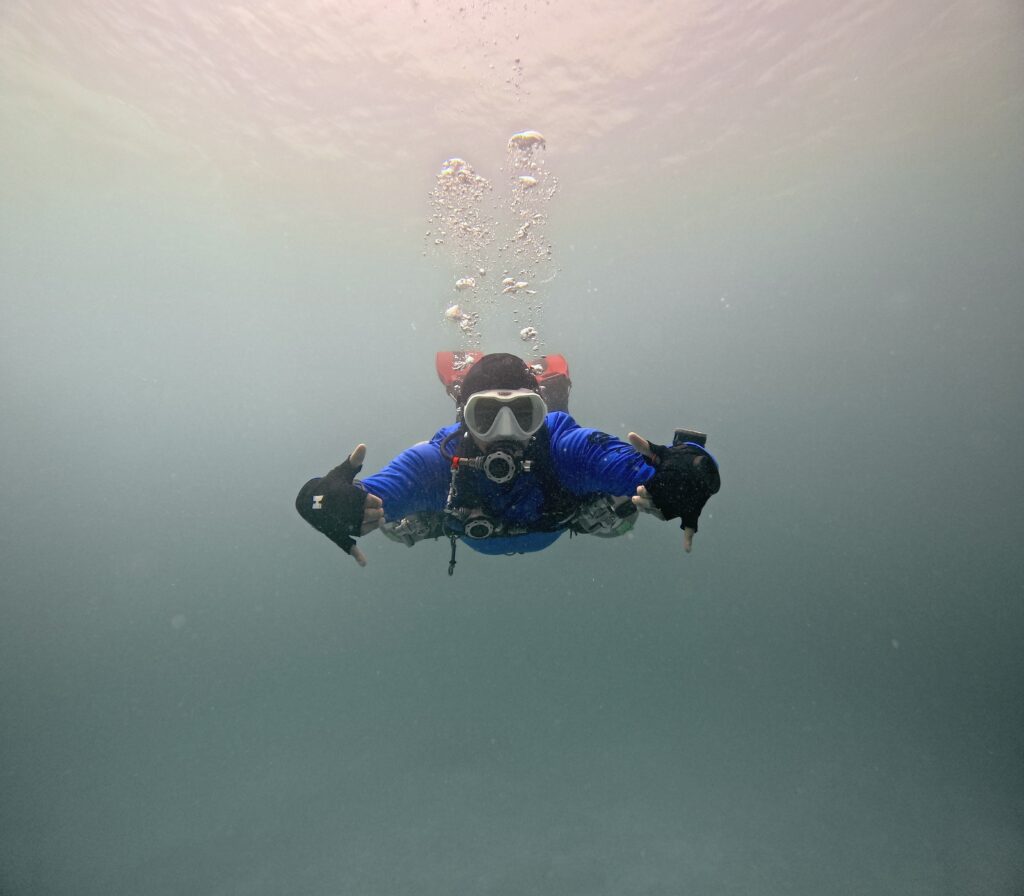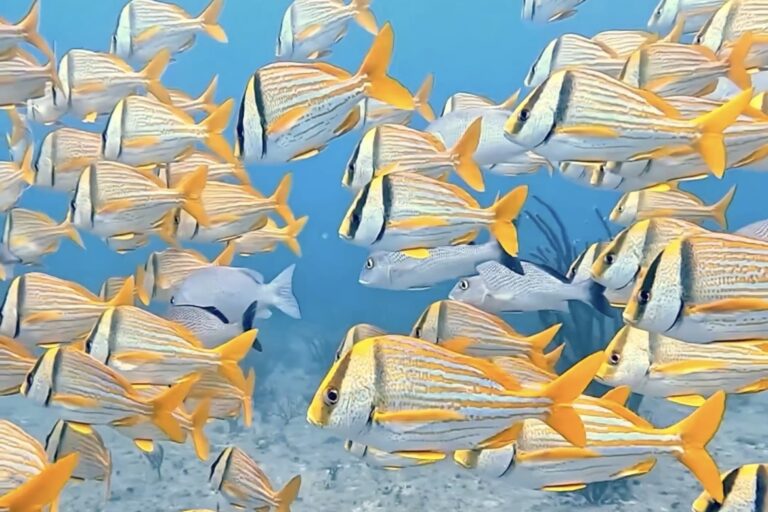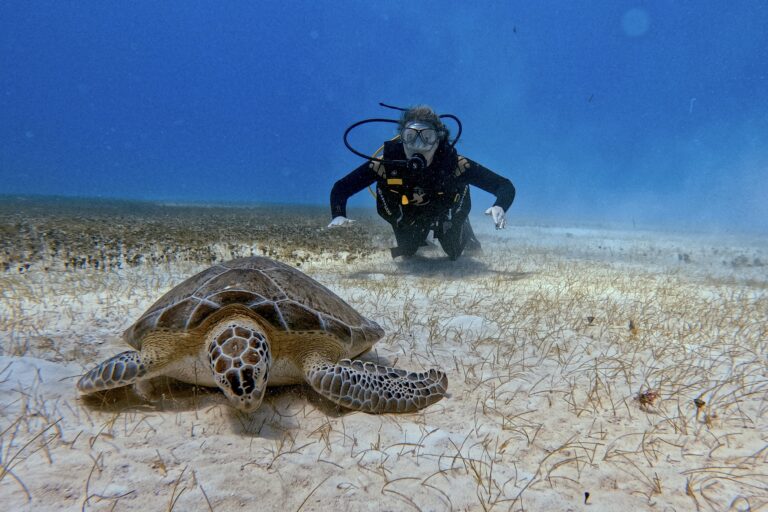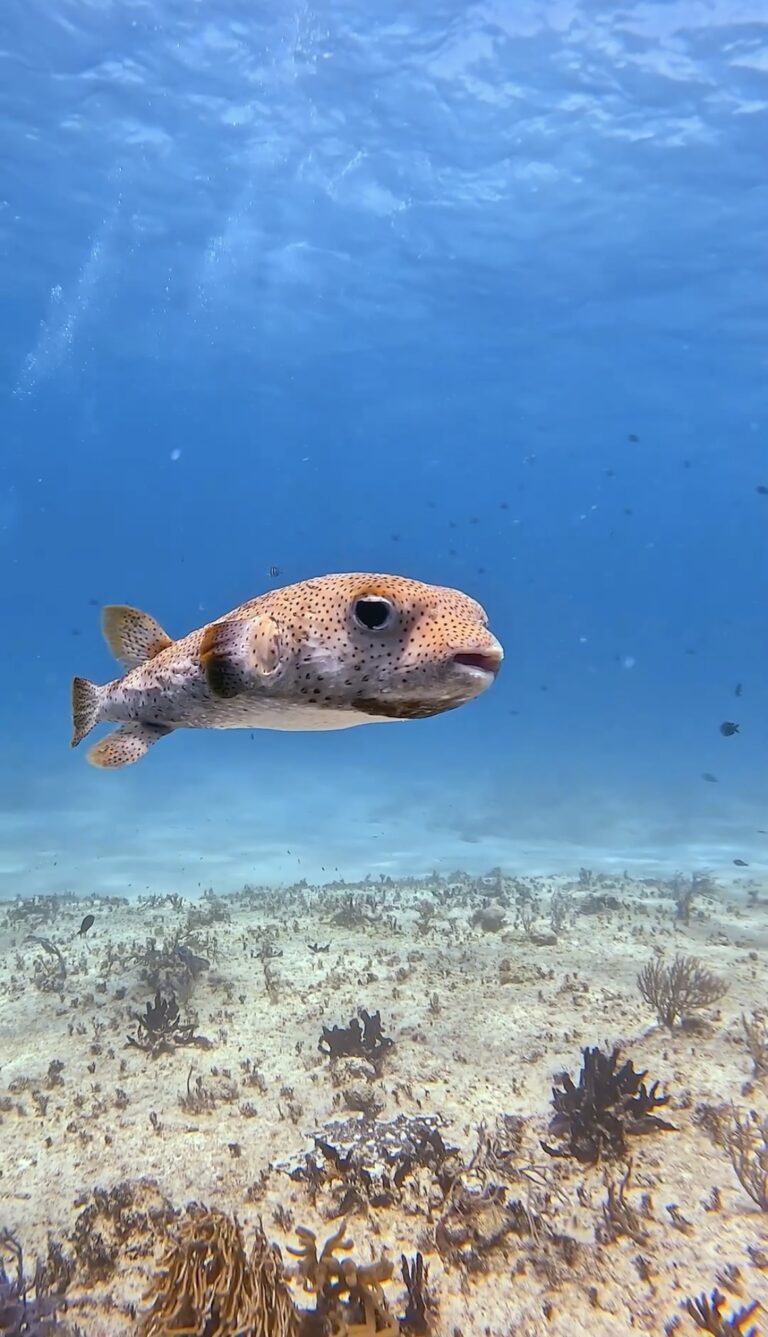If you’re planning a scuba diving adventure in the Riviera Maya, you may wonder what makes cenote diving different from ocean diving. Playa del Carmen offers both incredible experiences, but each type of dive provides unique challenges, sights, and thrills. Understanding the differences can help you choose the right dives for your skill level and interests.
One of the biggest differences between cenote diving and ocean diving is the water itself. Cenotes are freshwater sinkholes, often with crystal-clear visibility reaching 30 meters or more. Ocean dives, on the other hand, take place in saltwater, where visibility can vary depending on currents and weather conditions. For photographers or divers who love pristine clarity, cenote diving offers unmatched opportunities for capturing underwater landscapes.
Ocean diving in Playa del Carmen exposes you to vibrant coral reefs, tropical fish, turtles, rays, and sometimes sharks. The terrain is open, with natural reef formations and marine life in their natural habitat. Cenote diving, however, is a completely different experience—divers explore caves, caverns, stalactites, stalagmites, and haloclines. Light shafts streaming through openings create dramatic visual effects that you won’t find in the ocean.
Cenote dives can be shallower or deeper depending on the site, but many beginner-friendly cenotes offer safe, calm areas with minimal currents. Ocean dives may have stronger currents, especially in drift diving areas like Cozumel, requiring divers to be more confident in open water conditions. Cenote diving is often recommended for controlled, slow-paced dives, while ocean dives are ideal for those comfortable navigating reefs and open water environments.
While both types of dives can be enjoyed by beginners with proper instruction, cenote diving often requires additional cavern diving training if you plan to explore deeper sections of the cave. Ocean dives typically require Open Water certification for reef dives, with advanced courses recommended for drift dives or deeper reef explorations.
Cenote diving offers a surreal, almost otherworldly experience, with clear waters, rock formations, and underground tunnels. Ocean diving gives you the thrill of swimming among diverse marine life in their natural habitat, from colorful coral gardens to the chance of seeing bull sharks or manta rays. Both experiences are unforgettable, but they cater to slightly different interests—cenotes for cave and photography enthusiasts, oceans for marine life lovers and adrenaline seekers.
For divers visiting Playa del Carmen, the best approach is to try both cenote and ocean diving. Each offers unique sights and skills, and together they provide a full picture of why the Riviera Maya is considered one of the top scuba diving destinations in Mexico.
